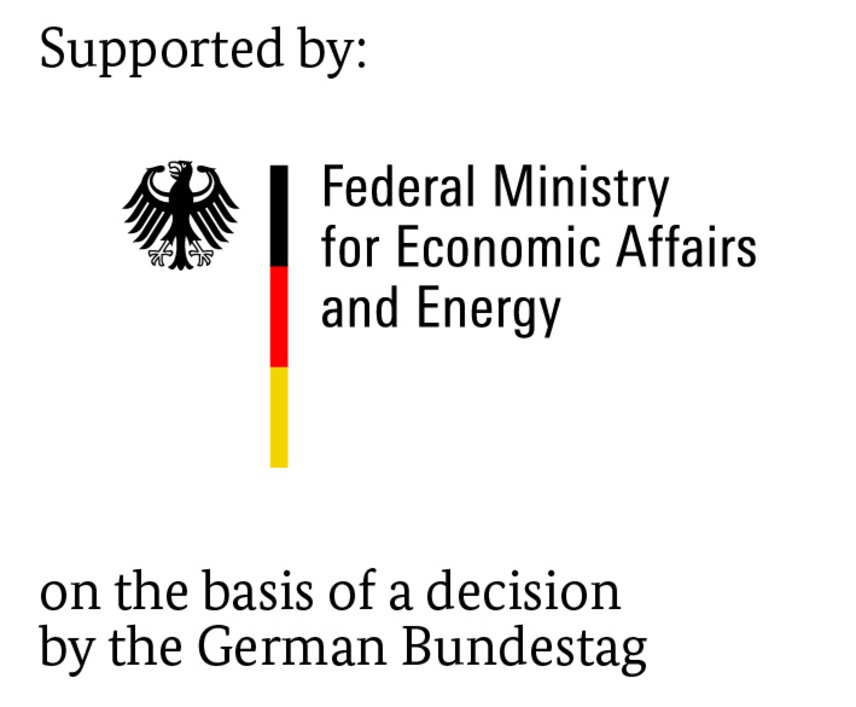When producing cement, most of the thermal energy is required for firing the cement clinker in rotary kilns. As energy costs represent a large part of the overall costs of cement production, the cement industry has always been keen to reduce and optimise fuel demands. These efforts mainly focus on the use of alternative fuels as a substitute for fossil fuels. One technical method available for optimising and making increased use of alternative fuels is the specific enrichment of the combustion air with oxygen.
The main aim of the research project was to evaluate the influence of oxygen enrichment on the clinker, on kiln operation and on the use of alternative fuels as well as on the composition of the exhaust gas. For this purpose, VDZ performed extensive measurements over a period of several weeks as part of two operational trials with rotary kiln plants in the cement industry.
Important findings were obtained for operators of rotary cement kilns in terms of both the possibilities offered by and the limits of the method. In particular, the addition of oxygen intensifies combustion and promotes the ignition of the fuels, which in turn results in a shortening of the precooling zone in the rotary kiln outlet area. Alite decomposition and secondary belite formation are reduced as a consequence. Oxygen enrichment also counteracts local reducing burning conditions in the kiln feed. An increase in NOx formation was however observed in the rotary kiln firing system.
Studies on one kiln plant revealed that enrichment of the combustion air with oxygen led to an improvement in the clinker properties. This result was however not obtained in another kiln plant with the amount of oxygen used in the operational trial - larger quantities would presumably have been necessary. The operational trials further revealed that the use of oxygen is more effective in kiln plants employing precalcination and tertiary air ducting than in conventional kiln plants, as higher oxygen concentrations can be attained in the flame for the same specific quantity of O2. In view of the high operating costs associated with the use of oxygen, careful consideration must be given to its application.

